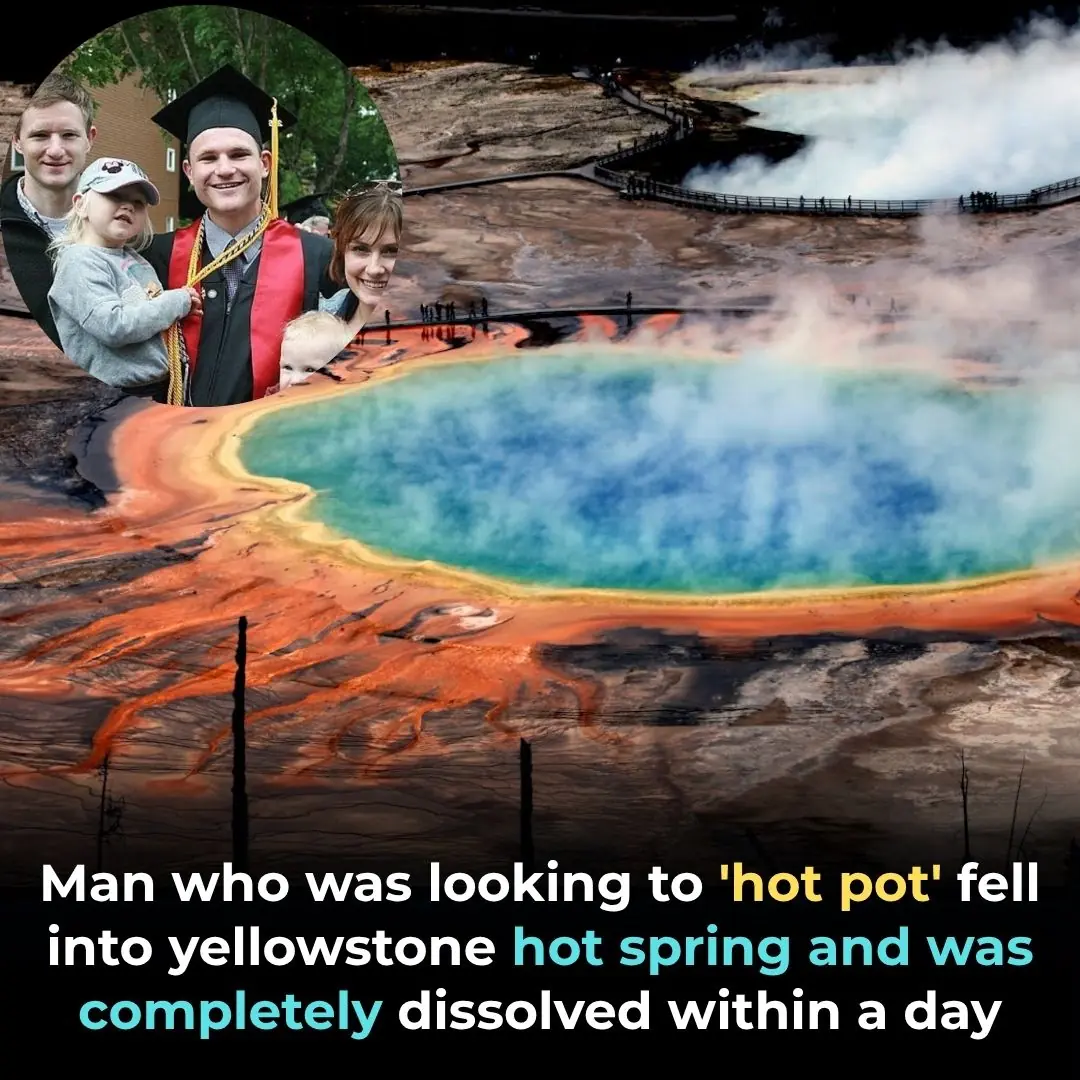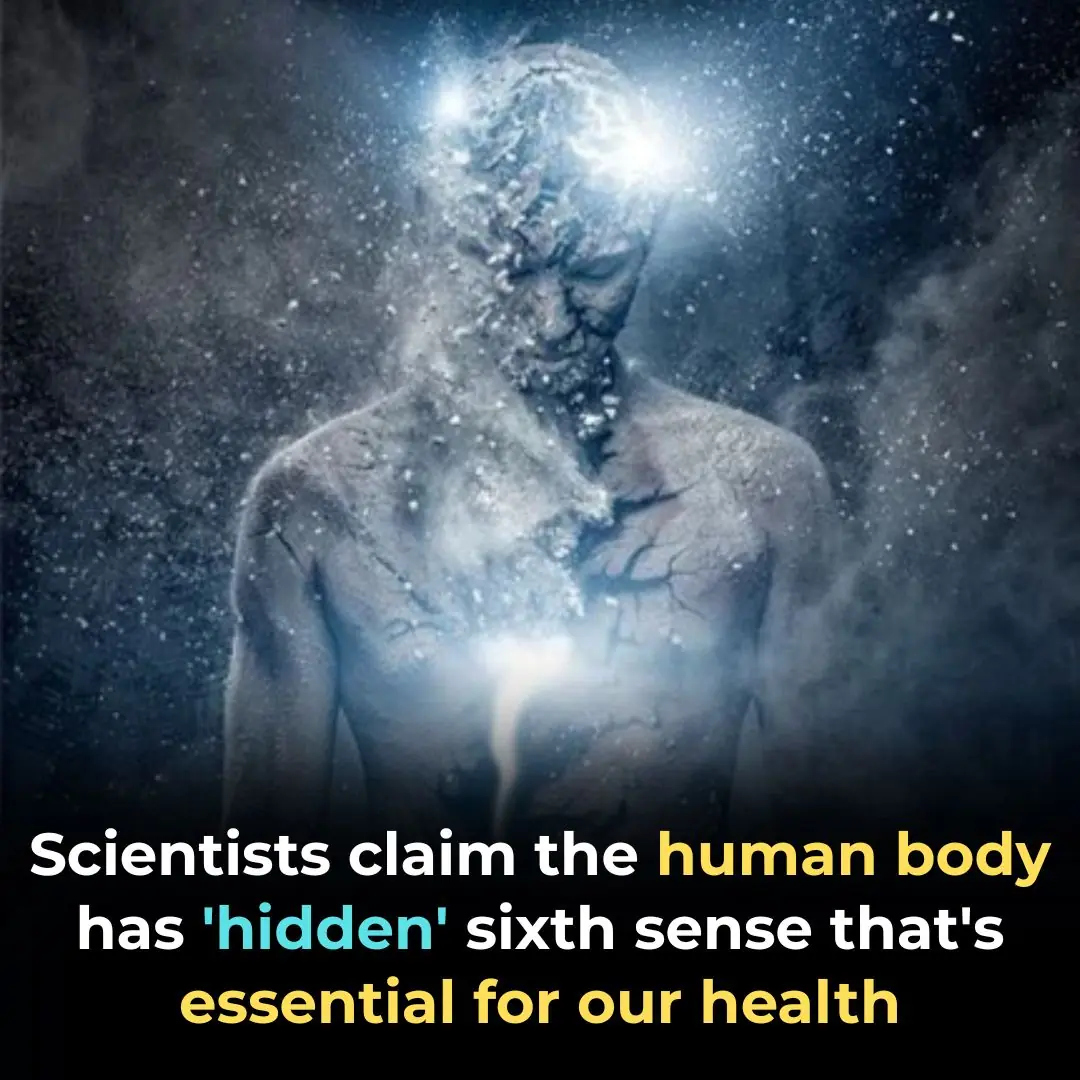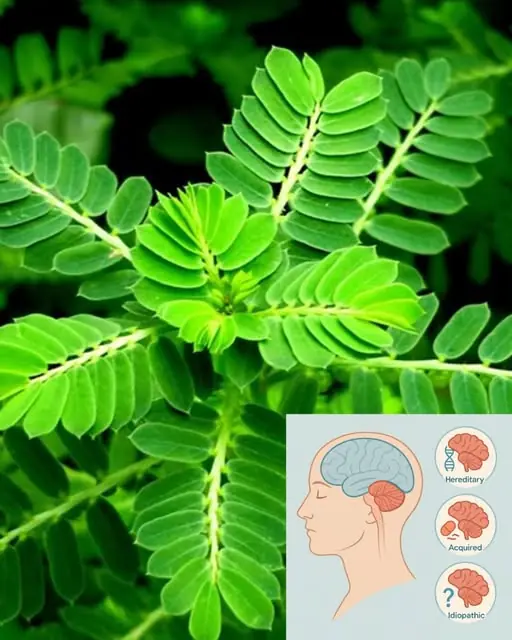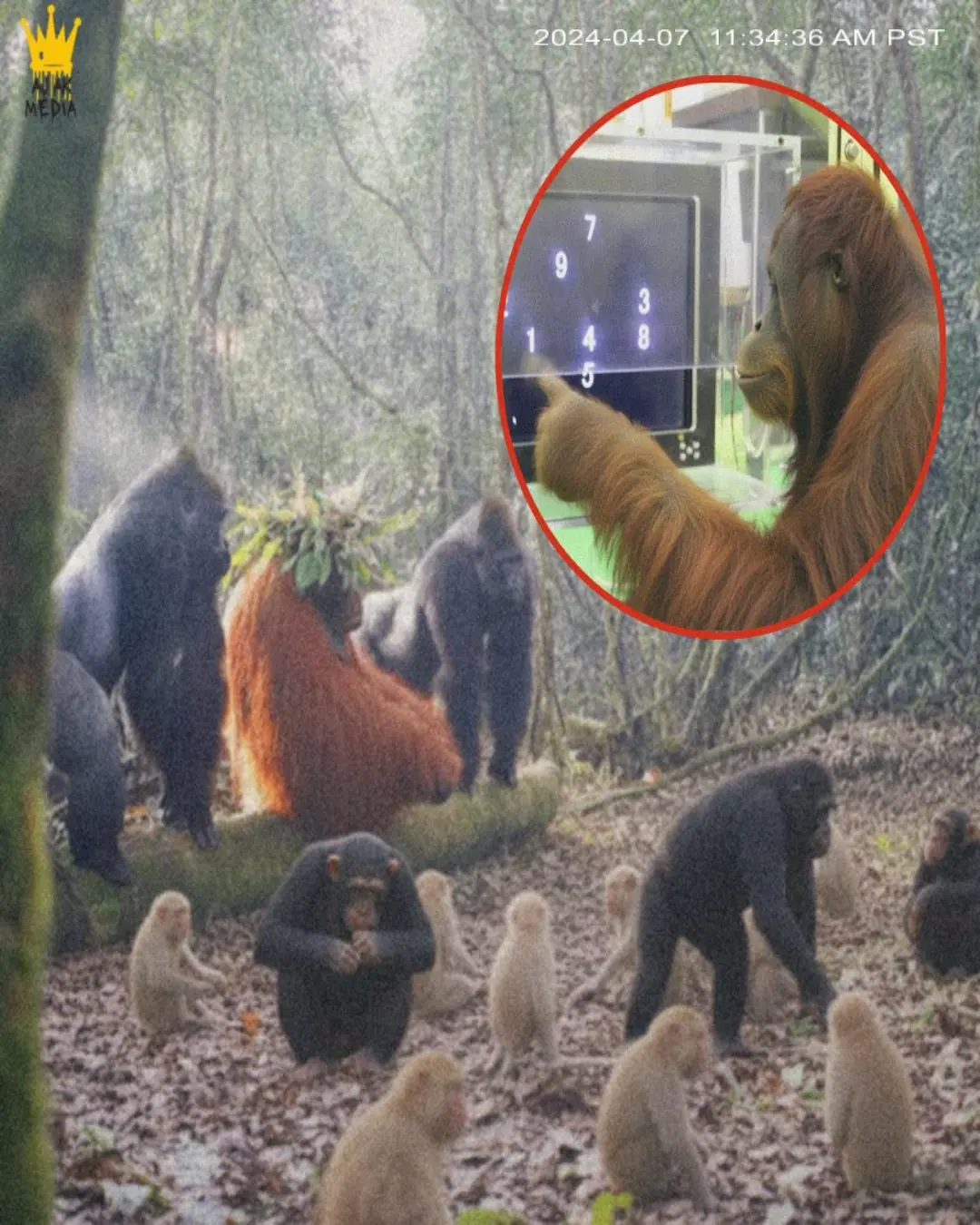
40-Year-Old ‘Stone Baby’ Discovered in Elderly Woman’s Womb After Hospital Visit for Stomach Pain
The human body is capable of harboring some truly bizarre and astonishing phenomena. Consider the man who discovered a two-inch spruce tree growing in his lungs, or another who found a living fly larva embedded in his eyeball—cases that highlight just how mysterious and sometimes unsettling our biology can be.
Among these extraordinary medical curiosities are teratomas—tumors that may contain hair, bones, and even teeth—and the equally chilling phenomenon known as a “stone baby.”
Credit: ABC News
Scientifically referred to as lithopedion, a stone baby occurs when a fetus dies during an abdominal pregnancy, a rare condition in which the embryo implants outside the uterus, usually within the abdominal cavity. Because the fetus is too large to be reabsorbed by the body, it gradually undergoes calcification as part of a protective foreign body reaction. These pregnancies often fail due to insufficient blood supply, and without a natural way to expel the fetus, it remains inside the mother’s body, slowly hardening into a stony mass over time.
One particularly remarkable case emerged in 2013 in Colombia. An elderly woman arrived at the hospital complaining of abdominal pain. To the astonishment of the medical staff, imaging revealed a lithopedion inside her. Even more shocking, the woman had unknowingly carried the calcified fetus for 40 years. According to ABC News, she had been living with the four-pound stone baby for decades, discovering its existence only after undergoing an X-ray.
Dr. Kim Garcsi, who at the time led the ob/gyn clerkship program at University Hospitals Case Medical Center in Cleveland, emphasized the extreme rarity of the condition. She explained that lithopedions have been documented only about 300 times in medical literature, making each case a remarkable anomaly in modern medicine.
Despite its grim implications, Garcsi noted that the calcification process actually serves a protective function for the body. “When you get old cartilage in the knee, it calcifies,” she said. “Most of the time, people discover these, and in some cases, no intervention is required because the patient remains completely asymptomatic.” In other words, the body essentially shields itself from infection or other complications by turning the deceased fetus into a stone-like barrier.
Abdominal pregnancies themselves are extremely rare, occurring in roughly 1 in every 10,000 pregnancies. Advances in modern medical imaging and prenatal care now allow doctors to detect most complications long before a lithopedion could form. The Colombian woman’s case is even more extraordinary considering that she likely became pregnant in the 1970s, when diagnostic tools were far less sophisticated than those available today.
Stone babies have fascinated both medical professionals and historians for centuries. The phenomenon was first described by the 10th-century Spanish Muslim physician Abū al-Qāsim, and by the 18th century, cases had been reported in hares, sheep, and humans across France and Germany. Archaeological evidence has revealed lithopedions dating back thousands of years, including a case discovered in a Texas sinkhole from 1100 BCE. The most recent known case occurred in Kenya in 2020, demonstrating that this rare condition, while extremely uncommon, has persisted across cultures and centuries.
When the story resurfaced on Reddit, it elicited a wave of shock and empathy. One user wrote, “Poor woman. I can’t imagine how confused and sad that must make a person emotionally.” Another commented, “No one took her seriously for 40 YEARS? Not a single radiographic investigation?! Talk about failing her!” A third added, “Wake up babe, a new existential womanly fear just dropped.” These reactions underscore not only the medical curiosity of lithopedion cases but also the profound human dimension of living with such a secret for decades.
Ultimately, stone babies are a stark reminder of the body’s resilience and adaptability. While the idea is unsettling, the calcification process illustrates how the human body can sometimes protect itself in ways that science is only beginning to understand. For medical historians and practitioners alike, lithopedions remain a compelling example of the unpredictable intersection between human biology and medical anomaly.
News in the same category


The Surprising Reason Men Don’t Walk Away from Their Marriages

Buckingham Palace statement in full as King Charles removes Prince Andrew’s title

Has the Bermuda Triangle Mystery Finally Been Solved

The Mystery Behind Open-Front Toilet Seats Finally Solved

Why are you absolutely forbidden to put your feet on the car dashboard, even when stopping?

Reason Why You Should Always Shower At Night

When Women Are Starved of Affection, They Do These 10 Things

🍗 Did You Know? Chicken Gizzards Are a Nutritional Powerhouse Worth Trying

Why many experts advise against sleeping with window open

6 Telltale Signs You’re Dealing with a Hypocrite

Tragic Yellowstone Hot Spring Accident: Man Dissolved in Hours

Iceland Cancels Whaling Season, Spares Hundreds of Fin Whales in 2025

The Body’s Intuition: Signs of an Impending End

The Shoes You Pick Reveal What Kind of Woman You Are

Stop This Spider From Entering Your Home

Why We Can’t Sleep Without a Blanket Even on Hot Nights

Scientists Reveal Interoception, the Amazing Sixth Sense of Humans

DoorDash Steps Up: Free Deliveries for SNAP Recipients as Federal Assistance Nears Collapse
News Post

This Homemade Coffee & Turmeric Eye Cream Will Erase Your Dark Circles

How to grow clove plant at home – from seed to spice

7 Benefits Of Papaya Seeds & How To Consume Them Correctly

Chanca Piedra (Stonebreaker): Benefits and Uses

Nerve damage? 6 best oils to help repair your nerves

Red Onion for Hair Growth: How This Overlooked Natural Remedy Can Stop Hair Fall and Boost Thickness Fast

Banana and Coffee: Powerful combination with surprising benefits

1 cup to protect the pancreas (and reduce blood sugar)

Manraj’s Journey: A Brave Little Fighter Who Beat Cancer

The Day Rick Swope Saved Jo-Jo the Chimp: A Heroic Act of Compassion

A Dramatic Rescue: The Courageous Effort to Save a Mother and Calf Elephant in Thailand

The Orange Cat and the Bears: A Friendship You Have to See to Believe

Little-known wonderful uses of baking soda in gardening

Remembering Tim Franklin: A Husband, Father, and Friend Who Loved With His Whole Heart

Abused Genius Turns King: The Lost Experiment That Became Legend of the Jungle

Why You Shouldn’t Wash Rice in the Inner Pot of an Electric Rice Cooker

Turns out I've been using it the wrong way for a long time

Semper Fi Until the End: Honoring Sgt. Kevin Lloyd, a True American Hero

🥚 5 Simple Ways to Tell if Your Eggs Are Fresh or Rotten 🚫
